Friday 18th June
Alarm set for 07:30, rain hammering down on the roof? This must be Willow Wren Boat Handling training day! Just the weather for standing outside all day, learning new tricks. In the pouring rain. Tsk!
We had arrived at Nelson’s Wharf, home of Willow Wren Training, the night before and had a very quiet night on the visitor moorings, with hook-up and water to boot. Luxury!
It was the sort of day where you’d look out of the window and think, nope. I’m not boating today. But that was not an option. Our trainer, Chris Stubbings, turned up on the dot, suitably clad in waterproofs! We donned our rain coats and headed out on deck. It was absolutely chucking it down.
As many of you will know, we’ve both been boating for many years, but we had signed up for the course, mainly to refresh our skills but also to pick up a few hints and tips. You can never know it all with boating, regardless of what some may think! Anything to make life a bit easier or more comfortable works for us.
Our first job was to look at ropes. Chris showed us a couple of ideas for roping up, which we’ll definitely be doing, henceforth. He also suggested a slightly longer centre rope would be useful. We’ll add that to our list of odds and ends to buy.
The next job was to wind the boat and once again, Chris gave us a couple of tips to make that operation easier. Despite the fact that we now have a bow thruster, it was definitely good to do it old-school.
Once winded, we set off down the cut to the Calcutt set of three locks, passing Calcutt (250 berths) and Ventnor Marinas (260 berths) and heading for Napton Junction.
Chris showed us a few techniques for using in and around locks – these were more of a memory refresh as they were pretty much how Dad & Lynne had shown us, many years ago. But nonetheless useful!
We saw a Grebe as we passed through the locks. Always a nice spot. Sadly no photo as water and phones aren’t the best combo! I’d left mine inside.
We pulled over for lunch and divested ourselves of all the wet gear. None of us was looking forward to putting them back on because they would be not only damp, but chilly!
With a hot drink and some food inside us, we set off again, in our chilly, damp clothing, turning right at the junction, towards Oxford. We had been hoping that the weather would clear up. Not a bit of it!
I was glad that Chris recommended proper use of the horn to warn oncoming boats. Not only that, but to sound our horn about a couple of lengths before the junction and once again just as we arrived.
There are no stop signs at junctions and very often you cannot see if anyone else is approaching what is, essentially, a T junction in the canal. Yet many people just cruise blithely past unaware or not caring that they are at risk of being T-boned!
I was at the helm for the junction and I properly tooted as instructed (in case you don’t know, it’s 2 toots for left – or port – and 1 for right – or starboard.) and listened. No response to either of my signals. This should mean it’s all clear, but it’s always a bit of a leap of faith! Luckily it was all clear.
Napton junction is also the entry to Wigram’s Turn Marina (250 berths). They are very well served for Marinas in this neck of the woods!
We pottered along for a while until we came to a winding hole, by the now closed Bridge Inn where we turned round to start the home leg.
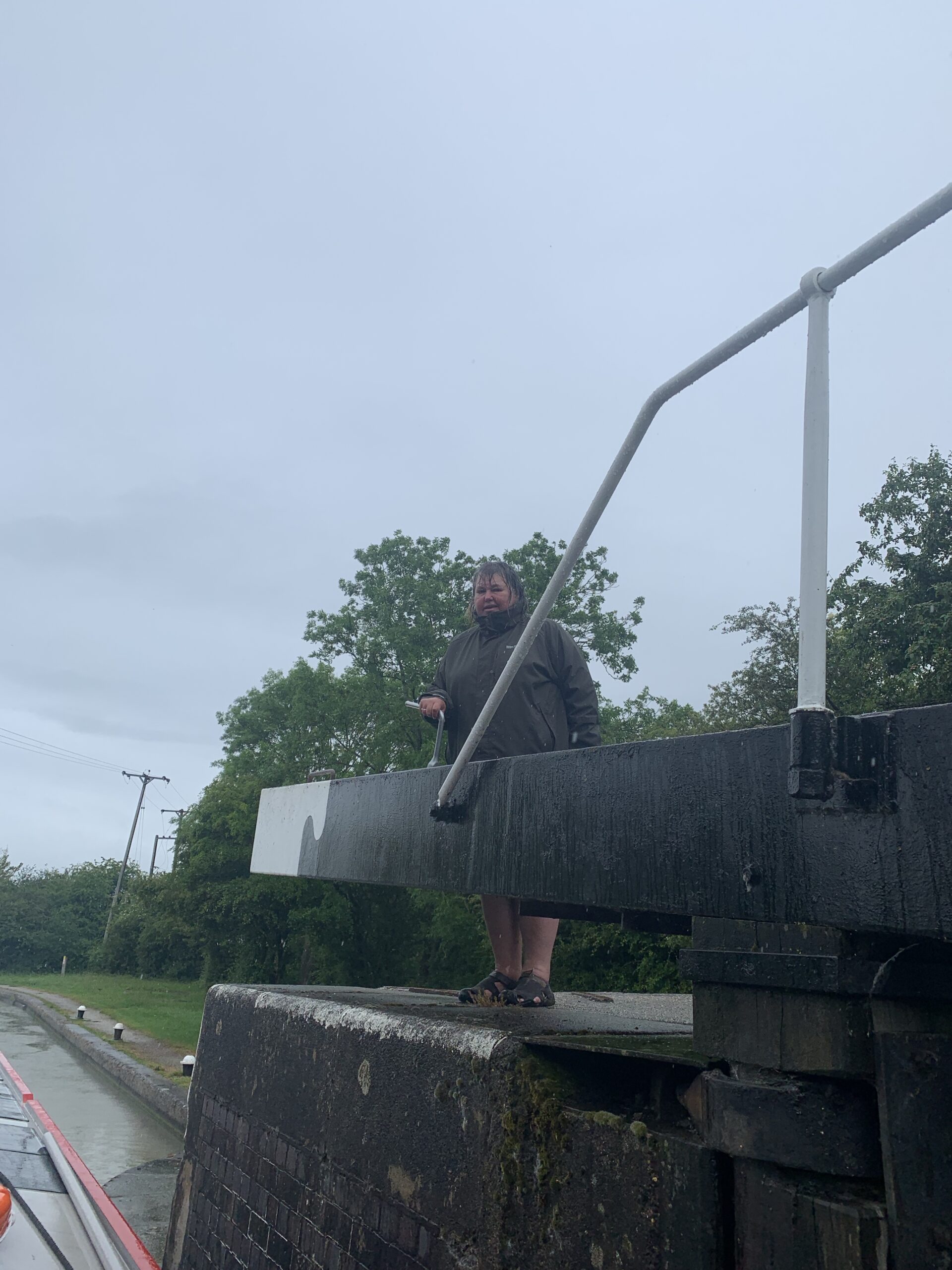
A very damp Kay 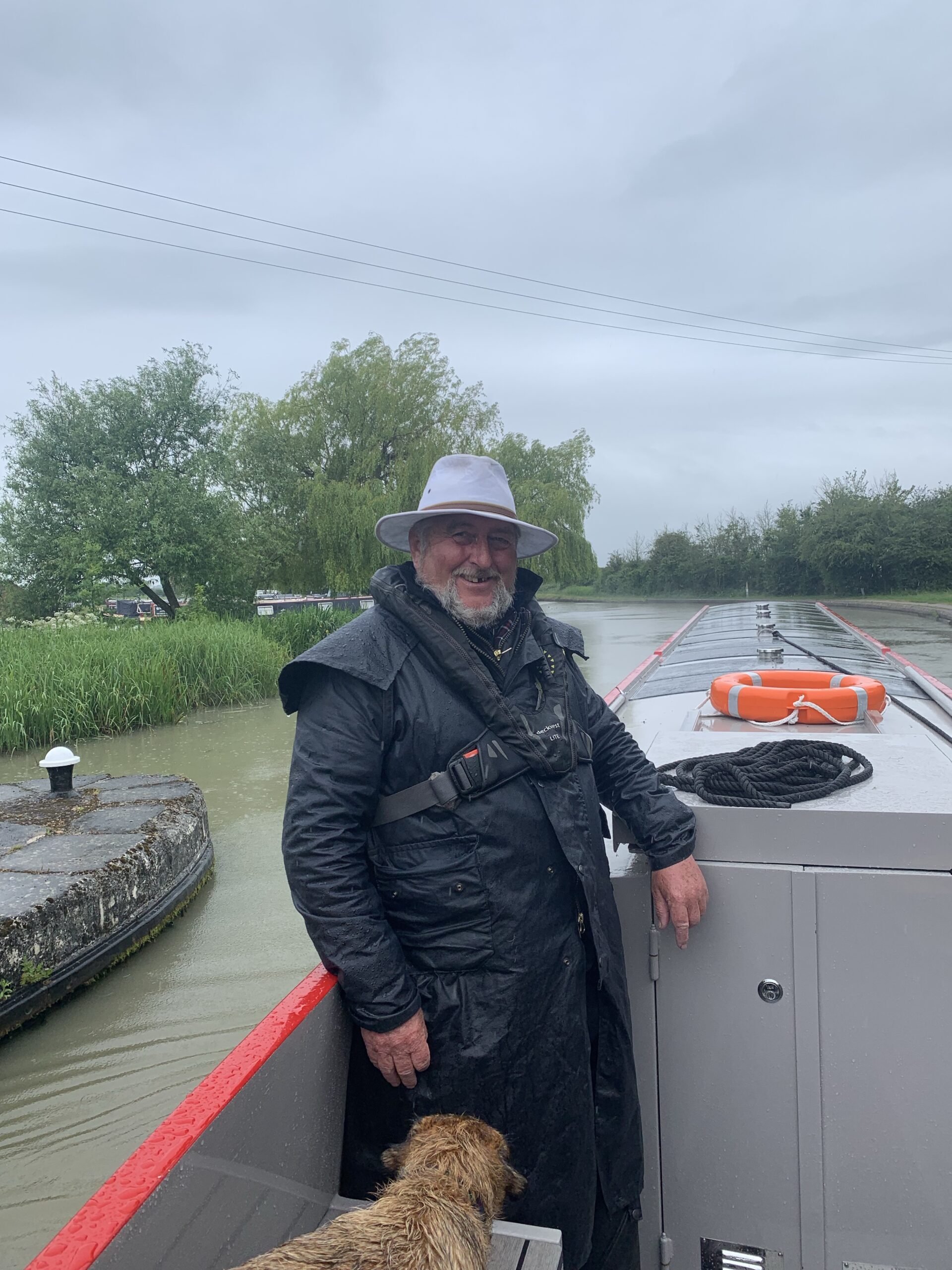
Chris, our tutor
Chris is a very knowledgeable chap, having worked as a lock-keeper/lengthsman on this very stretch. He has many tales to tell in between tuition and the day passed very quickly.
He showed us a couple of other techniques to help with locking down and before we knew it, we were back at Nelson’s Wharf, which has a very interesting history, having once been a cement works. More info here.
Whether it was a combination of cold water and warm atmosphere or vice versa, the canal looked as if it had a smoky haze over its surface. I’ve never seen that before, other than on frosty mornings. Photos don’t do it justice, but you’ll understand now, the reason for the title of the post.
We winded again and moored up. It was going to be a relief to get those wet clothes off but I think we were both sad that the day was over. We had had a great time, despite the flipping awful weather and we’d learned a lot. All down to Chris.
We made him another hot drink, chatted and then bid him adieu. We then stripped off. I was wet right through to my undies, so it all came off and bathrobes on. We had the heating on to warm us up and dry our clothes. Odd to think that a couple of days earlier we had been wishing for air con!
Saturday 19th June
Saturday dawned, the rain had stopped and, ironically, it was the perfect day for cruising. Unfortunately, Paul would be spending it indoors for his diesel course and this section of the post, will be handed over to him to give an account of his day.
I was really looking forward to my diesel training course. Although I used to tinker around with motorbikes and cars when I was younger, I have been fortunate enough to have company cars for most of my working life and as such had not got my hands dirty for some time. I hoped that this course would give me the knowledge and confidence to maintain and service our Vetus GLX6,5SIC generator, which is a critical component in Old Nick’s serial electric hybrid propulsion system.
Steve Vaughan the owner of Willow Wren Training was presenting today’s course and he has a very friendly and engaging style of teaching. Due to COVID, Steve has had to change and adapt the course to meet the new restrictions, with masks being worn whenever people are not seated at their socially isolated desk, plenty of hand sanitiser and all doors and windows open. This did not detract from the course and everyone felt very safe during the day.
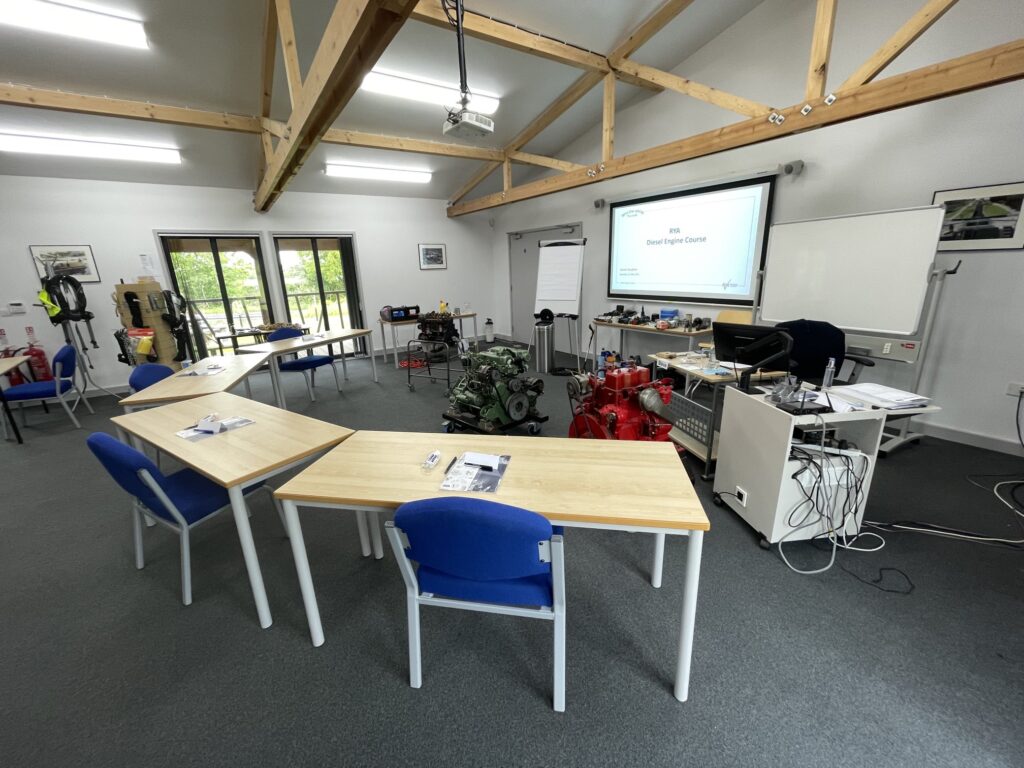
The course covers a large subject matter, but you do not feel rushed or swamped and the day went very quickly. A series of short tests helped to remind you of the key points of each section and you get to keep the course notes/tests document.
Key things that I took away from the course were the fuel system operation, the importance of air in the combustion process and the cooling system design, which was also applicable for our liquid-cooled electric engine.
I am now feeling really confident that I will be able to service our Vetus generator and cannot wait to put my new skills and knowledge to the test. Even if you have no intention of doing your own servicing, I would definitely recommend this course to any boat owner. Just knowing how one of the most important components on your boat works, might get you out of trouble if it fails and it would certainly allow you to talk from a position of knowledge to the boat yard or engineer, when you need work carried out.
As Steve said during the day, the safety and VHF courses are important, but they will not save you money. If the diesel course avoids just one call out or lets you select the best value engine service, then it will quickly pay for itself.
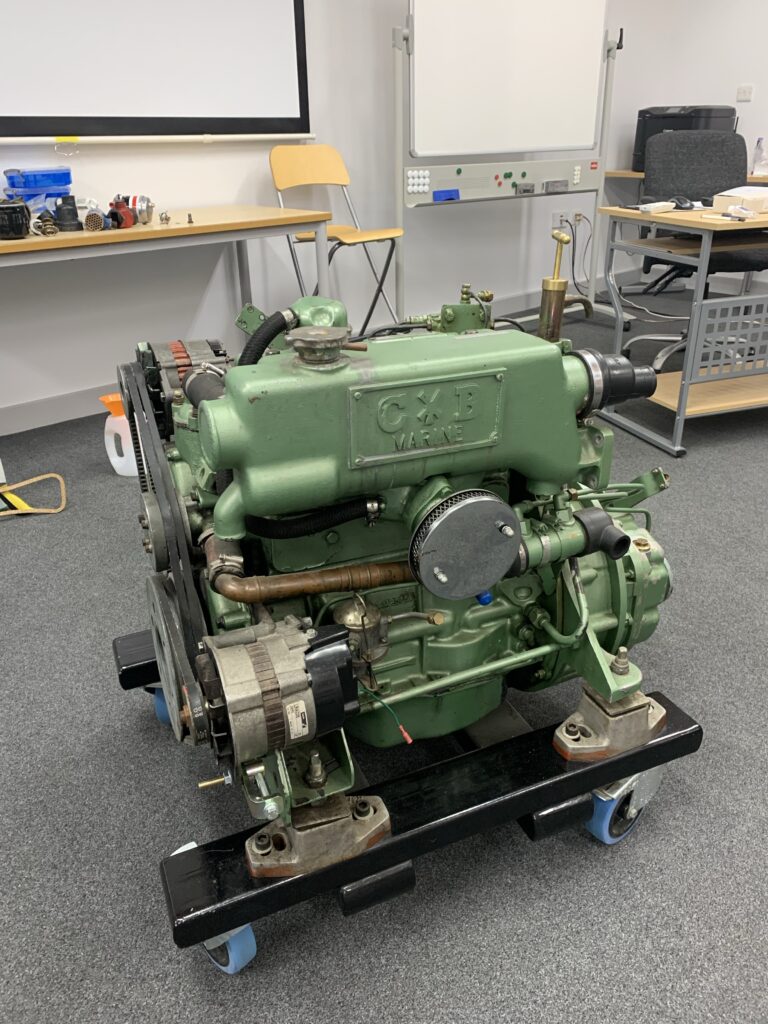
BMC 1.8L Engine 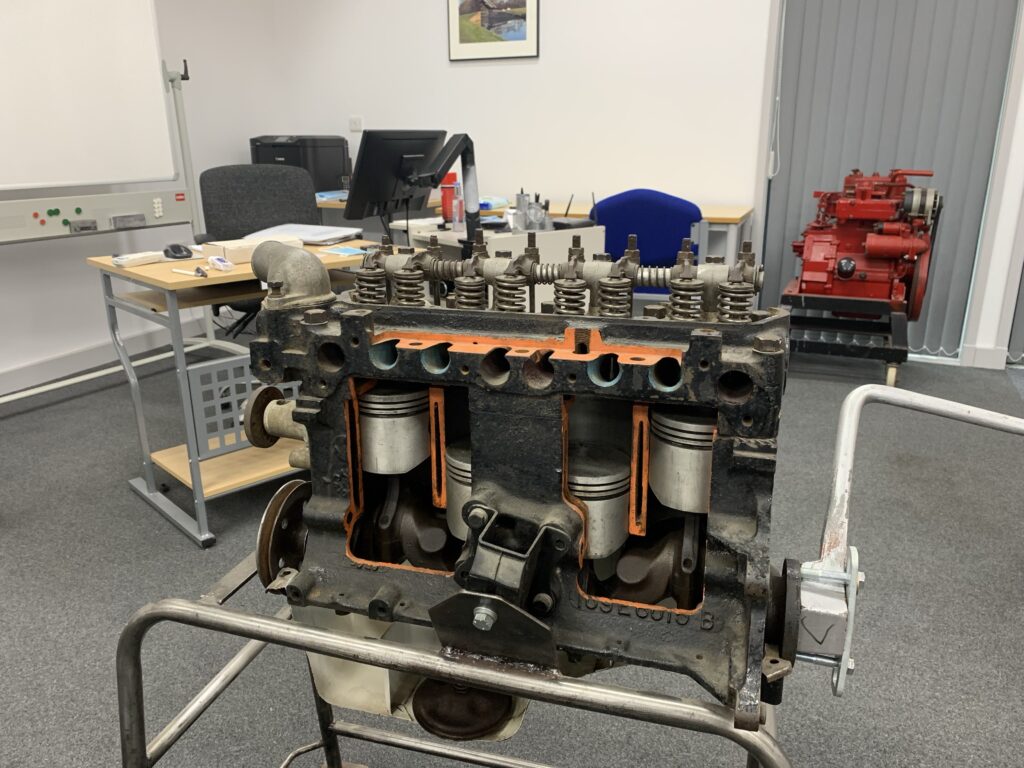
Cross sectioned Ford Anglia Engine
To summarise, we would highly recommend the Boat Handling day to anyone, experienced or not. You can do the course on your own boat or on Willow Wren’s training boat and we’d be very surprised indeed if anyone came away thinking that they had genuinely learned nothing new.
Paul has already outlined above the reasons why the diesel course is also a very good bet and we both have nothing but admiration for the Willow Wren Training set up. We’d have no hesitation in recommending their services.
The booking process is very easy, thanks to the lovely Izzie and they were very flexible when it came to rearranging dates (twice!) because of Covid. They even have accommodation on site for delegates plus some very smart camping pods for hire.
All in all an excellent couple of days. Thank you Willow Wren.
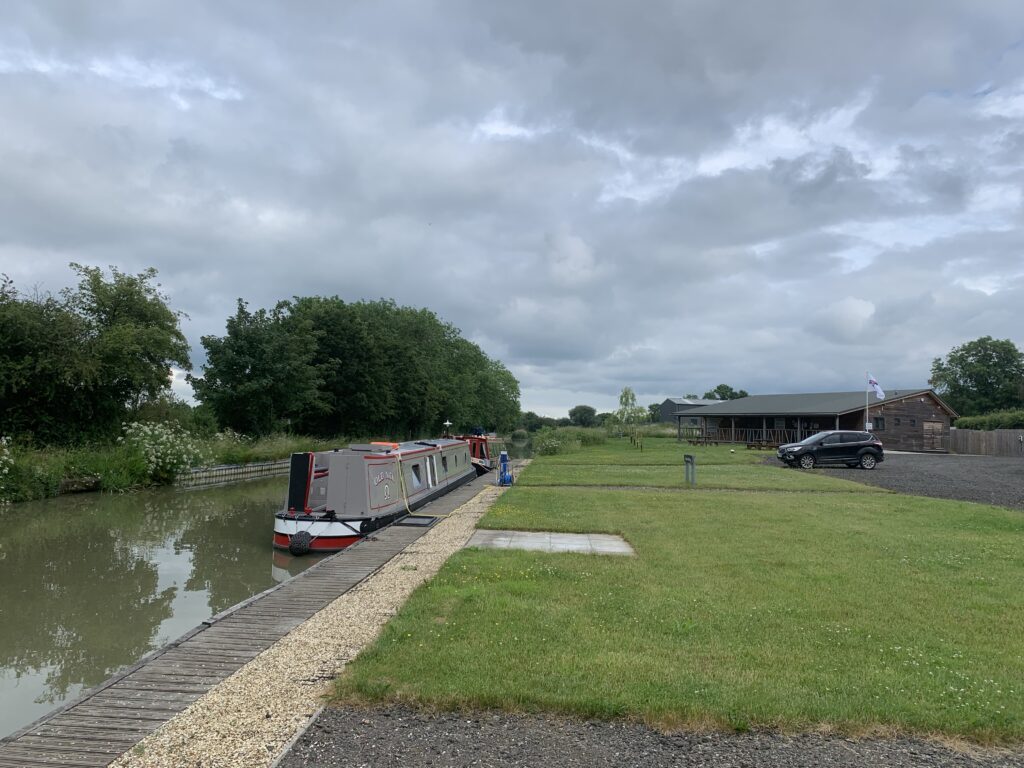

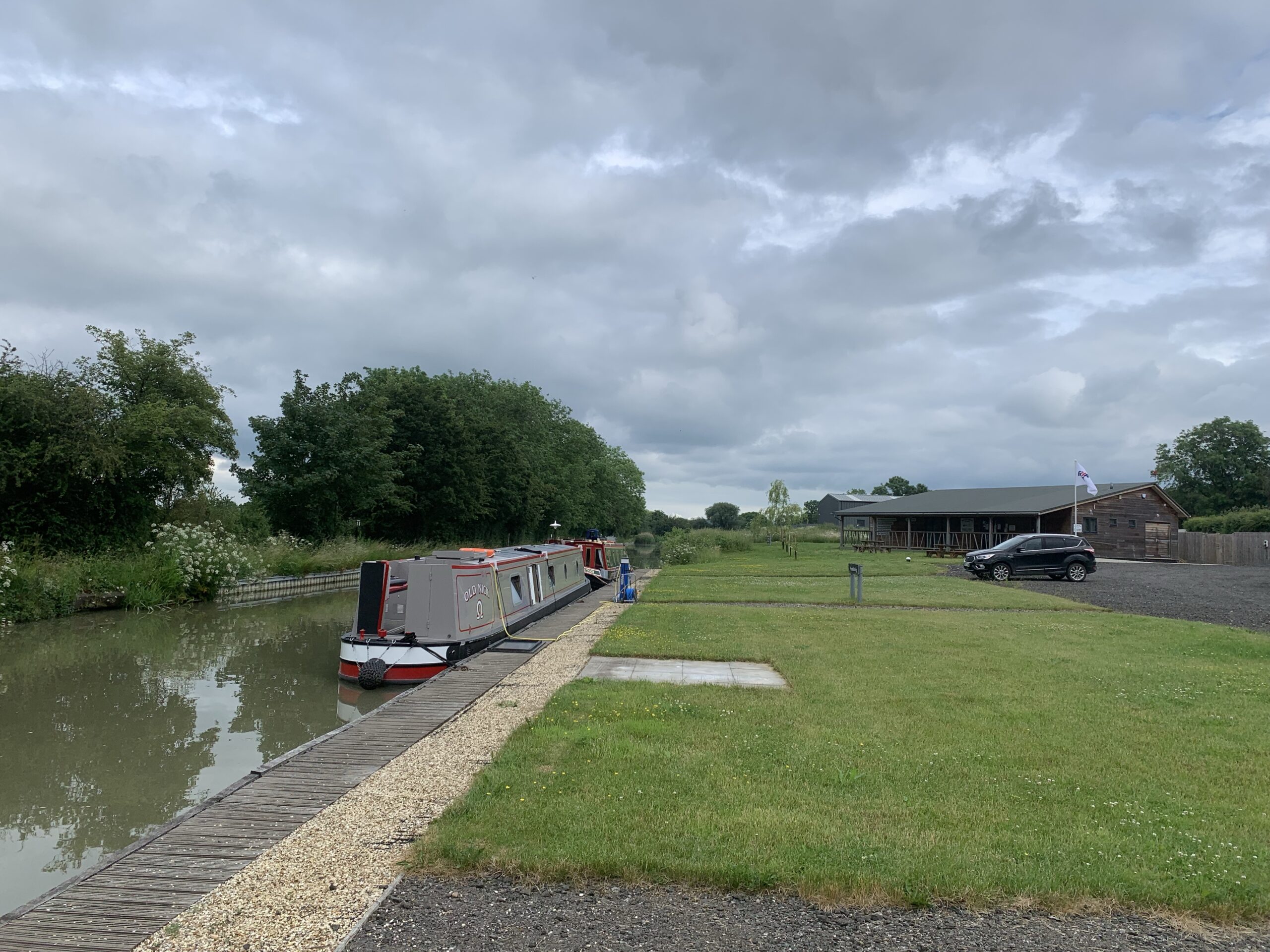
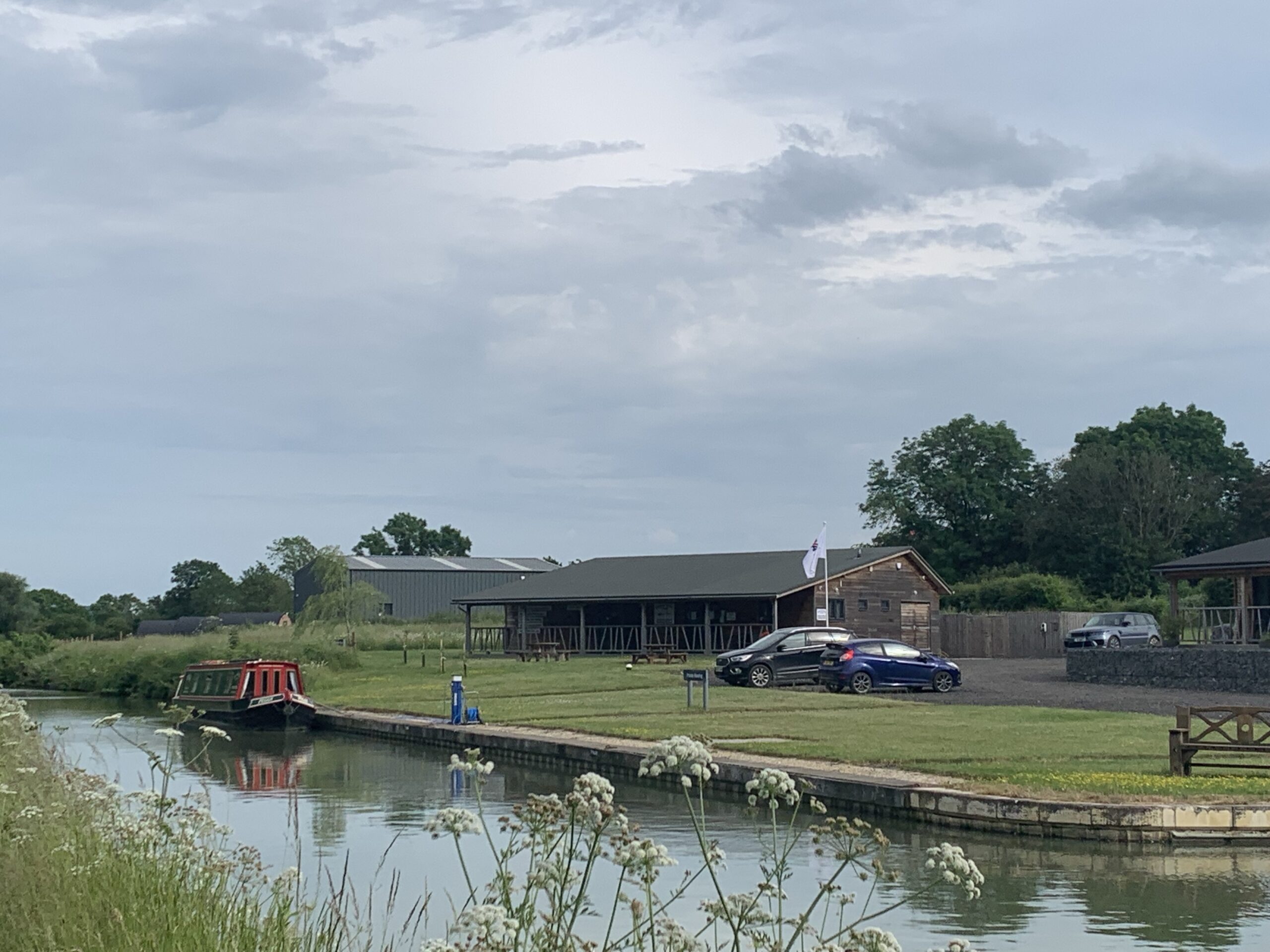
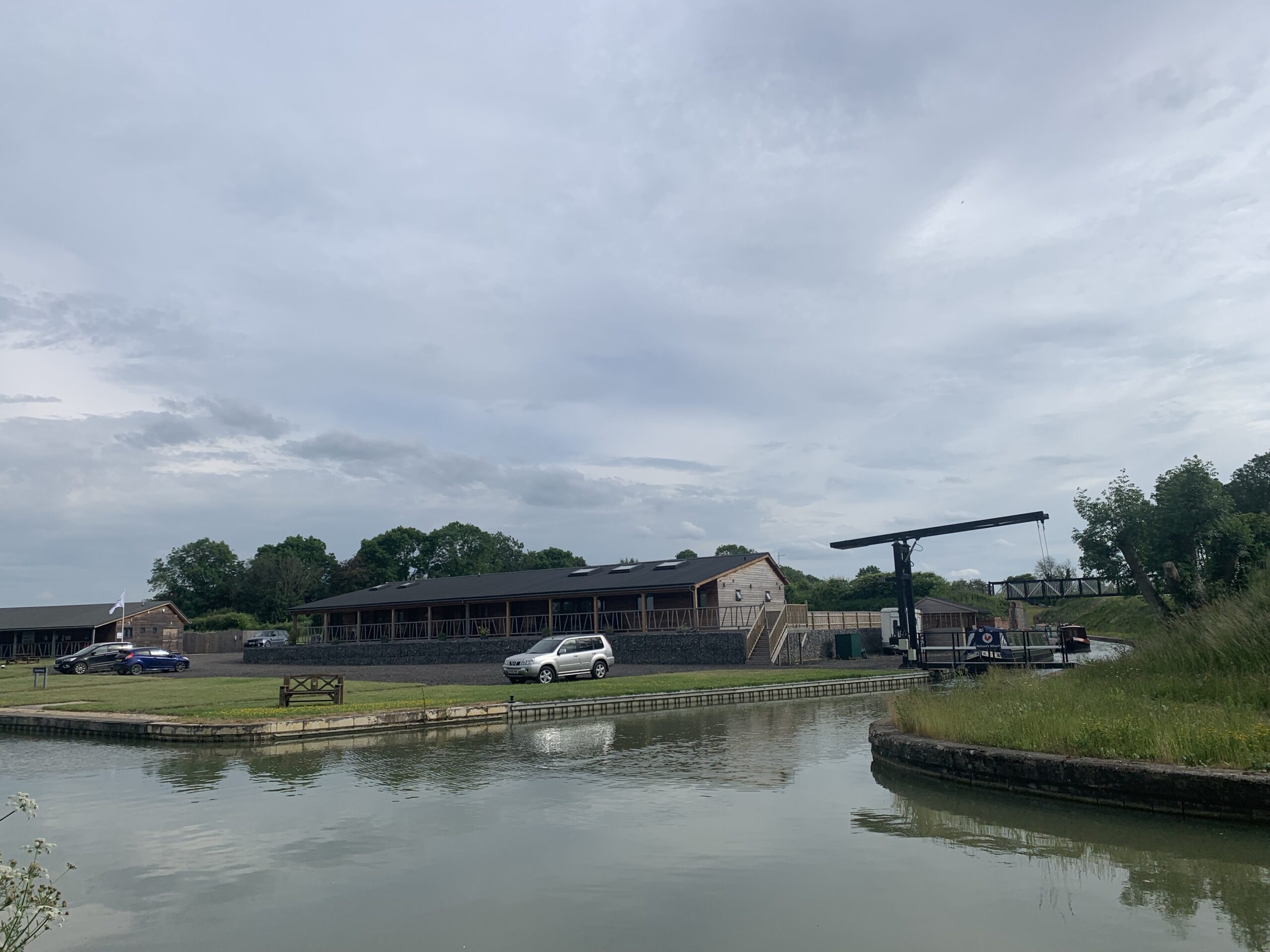
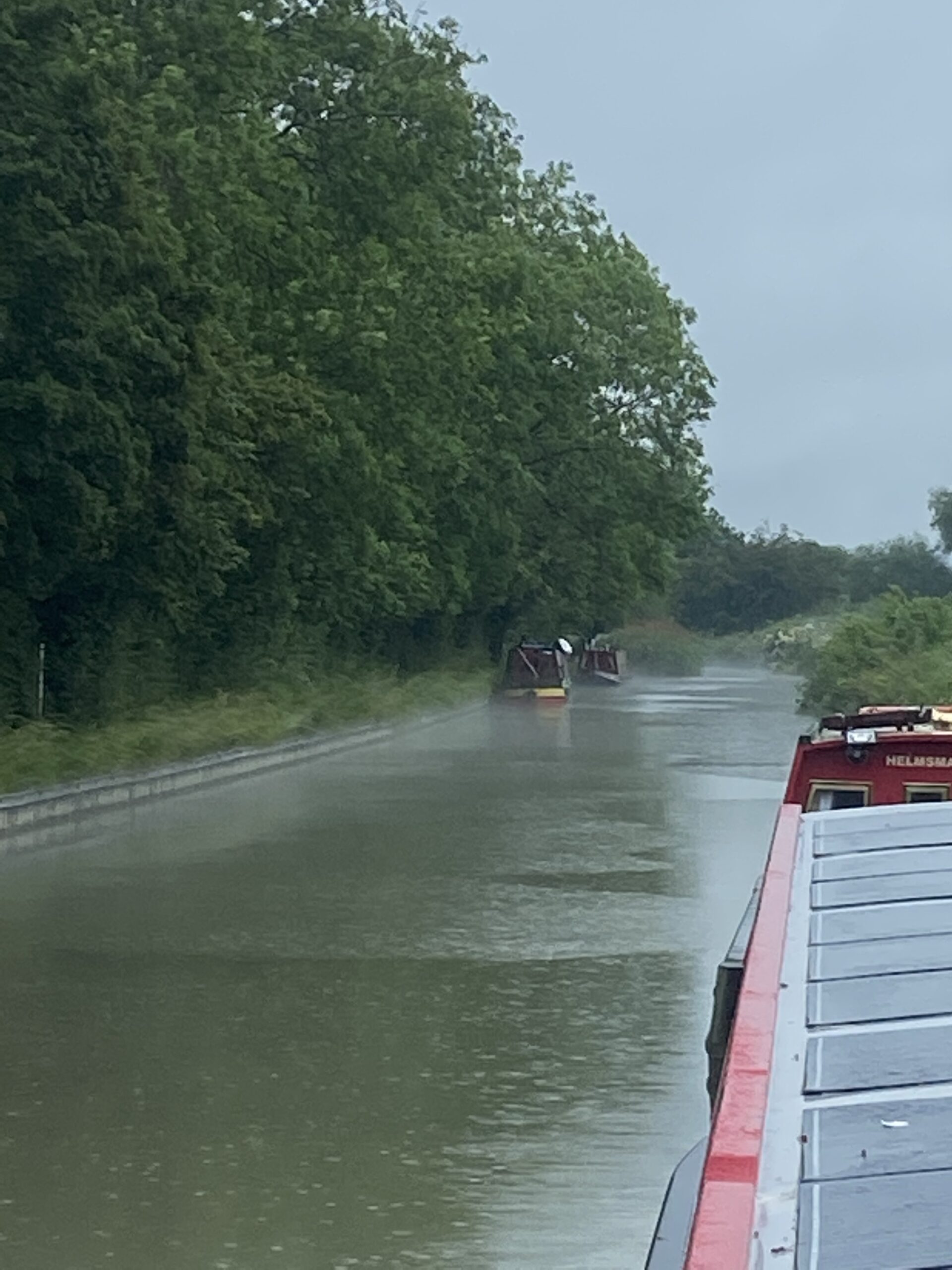
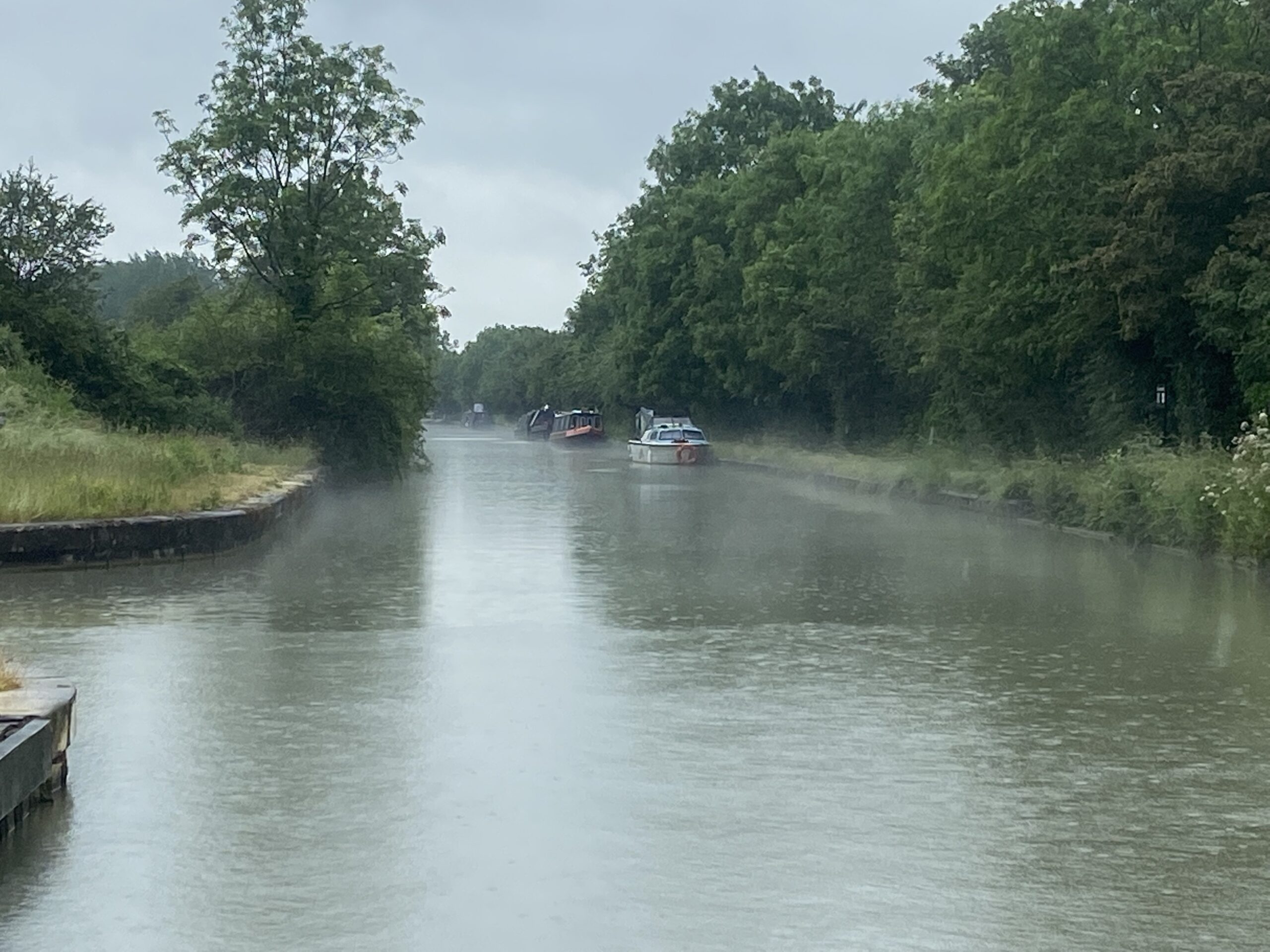
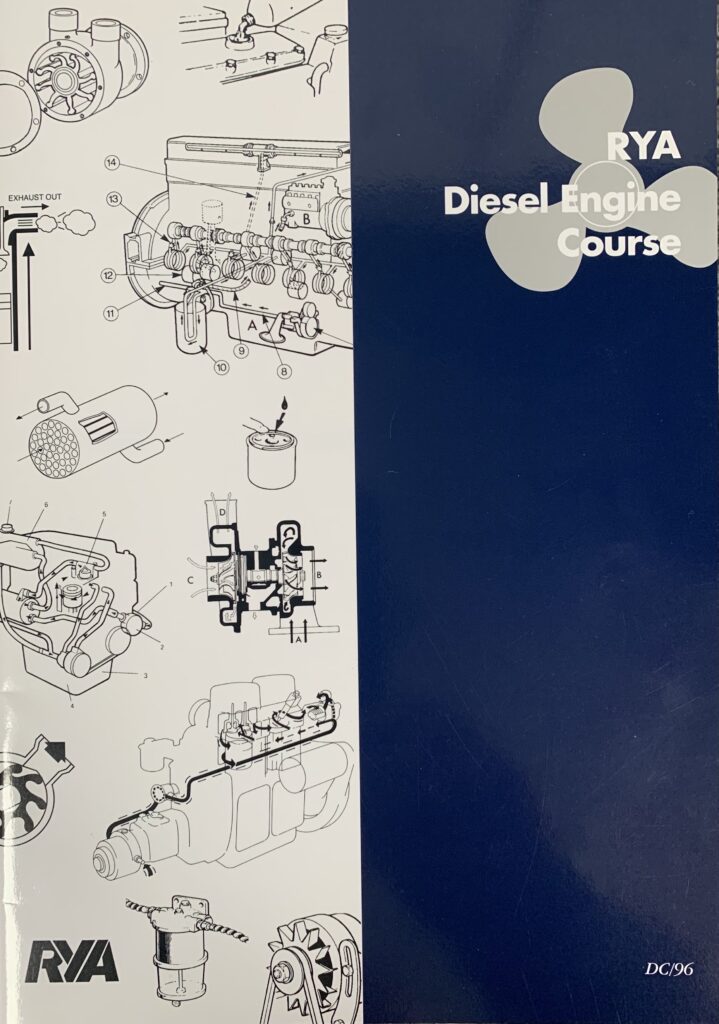
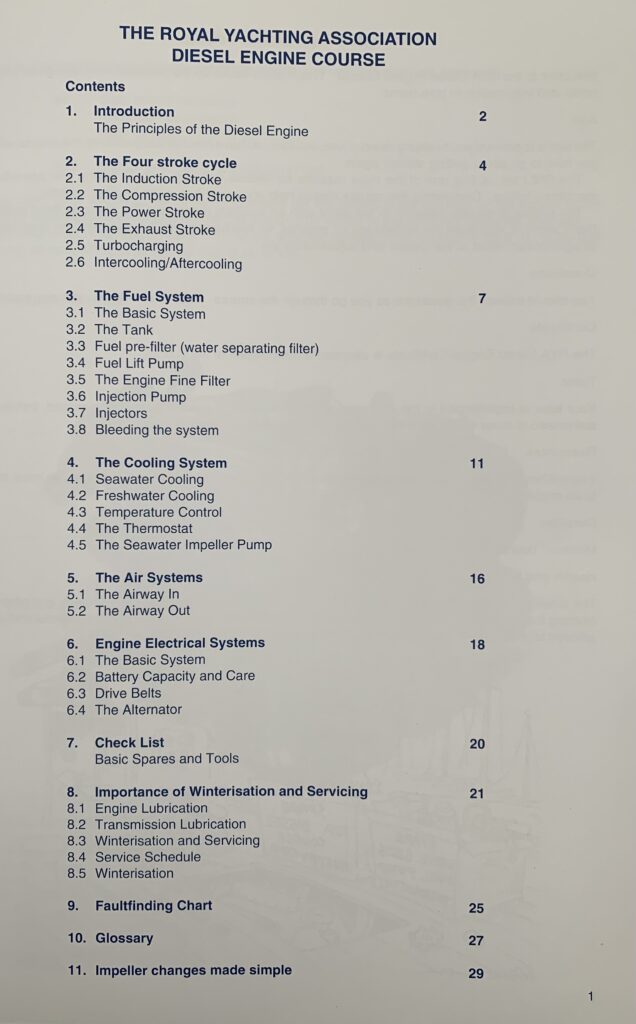
Very useful information thanks. I’ll be looking at what Willow Wren have to offer
Glad you found it of interest.